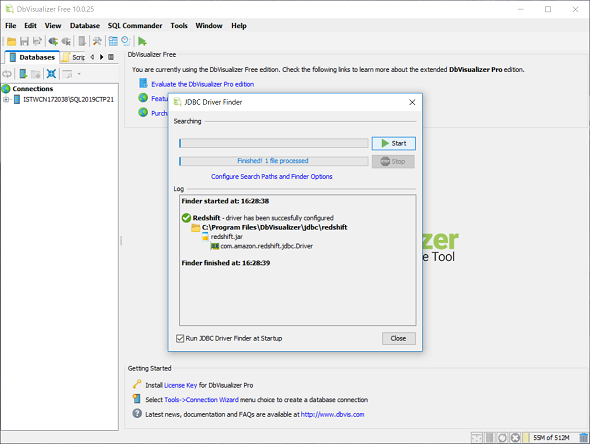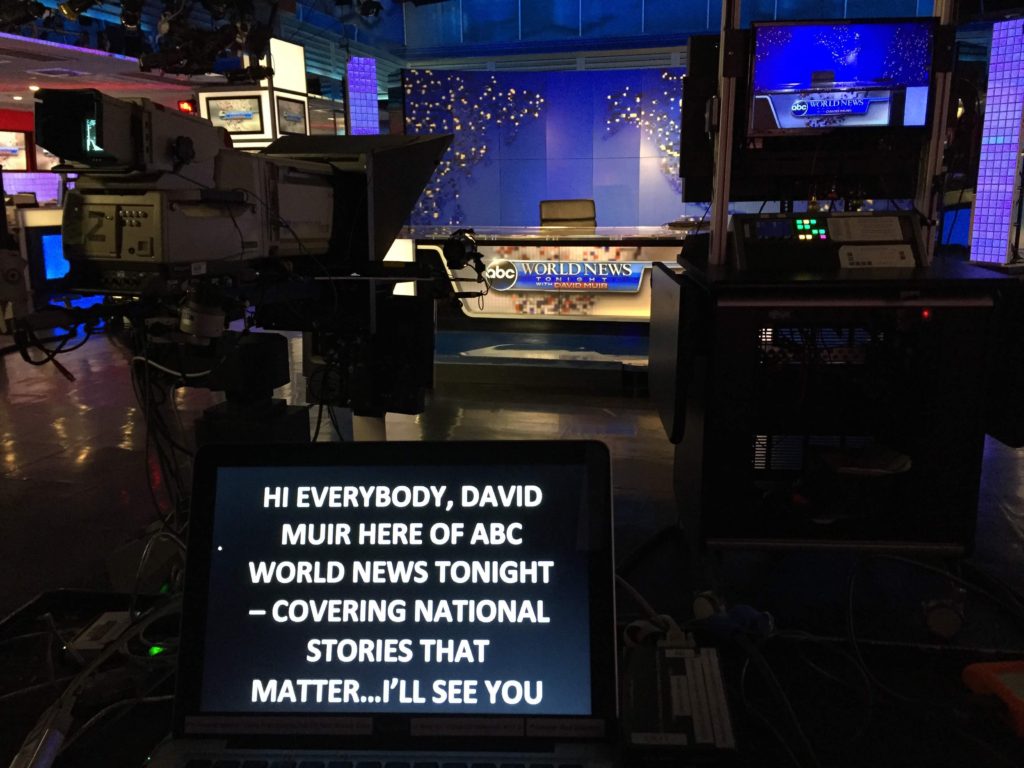

The Court later erased the Agins “substantially advances” test, explaining that regulatory takings law concerns the magnitude, character, and distribution of burdens that a regulation imposes on property rights. City of Tiburon, the Court stated that land use controls constitute takings if they do not “substantially advance legitimate governmental interests,” or if they deny a property owner “economically viable use of his land.” 5 Footnote 447 U.S. 528, 539 (2005), to the effect that the Penn Central regulatory takings test, like the physical occupations rule of Loretto, “aims to identify regulatory actions that are functionally equivalent to the classic taking in which government directly appropriates private property or ousts the owner from his domain.”Ī second per se taking rule is of more recent vintage. Tahoe-Sierra's sharp physical-regulatory dichotomy is hard to reconcile with dicta in Lingle v. The Court further sharpened the distinction between regulatory takings and permanent physical occupations by declaring it “inappropriate” to use case law from either realm as controlling precedent in the other.

June 23, 2021) (state law requiring agricultural employers to allow union organizers on their business properties for up to three hours per day, 120 days per year, constituted a per se taking requiring just compensation).

519 (1992) (no physical occupation was occasioned by regulations in effect preventing mobile home park owners from setting rents or determining who their tenants would be owners could still determine whether their land would be used for a trailer park and could evict tenants in order to change the use of their land) Cedar Point Nursery v. 245 (1987), holding that the regulation of the rates that utilities may charge cable companies for pole attachments does not constitute a taking without any requirement that utilities allow attachment and acquiesce in physical occupation of their property. The Court distinguished Loretto in FCC v. Teleprompter Manhattan CATV Corp., 458 U.S.
#LORETTO V TELEPROMPTER INSTALL#
One modern case dealt with a law that required landlords to permit a cable television company to install its cable facilities upon their buildings although the equipment occupied only about one and a half cubic feet of space on the exterior of each building and had only a de minimis economic impact, a divided Court held that the regulation authorized a permanent physical occupation of the property and thus constituted a taking. 2 Footnote The rule emerged from cases involving flooding of lands and erection of poles for telegraph lines, e.g., Pumpelly v. occupies property (or authorizes someone else to do so), the action constitutes a taking regardless of the public interests served or the extent of damage to the parcel as a whole.

The Court has long recognized a per se takings rule for certain physical invasions: when government permanently 1 Footnote By contrast, the per se rule is inapplicable to temporary physical occupations of land. Penn Central is not the only guide to when an inverse condemnation has occurred other criteria have emerged from other cases before and after Penn Central. No person shall be held to answer for a capital, or otherwise infamous crime, unless on a presentment or indictment of a Grand Jury, except in cases arising in the land or naval forces, or in the Militia, when in actual service in time of War or public danger nor shall any person be subject for the same offence to be twice put in jeopardy of life or limb nor shall be compelled in any criminal case to be a witness against himself, nor be deprived of life, liberty, or property, without due process of law nor shall private property be taken for public use, without just compensation.


 0 kommentar(er)
0 kommentar(er)
